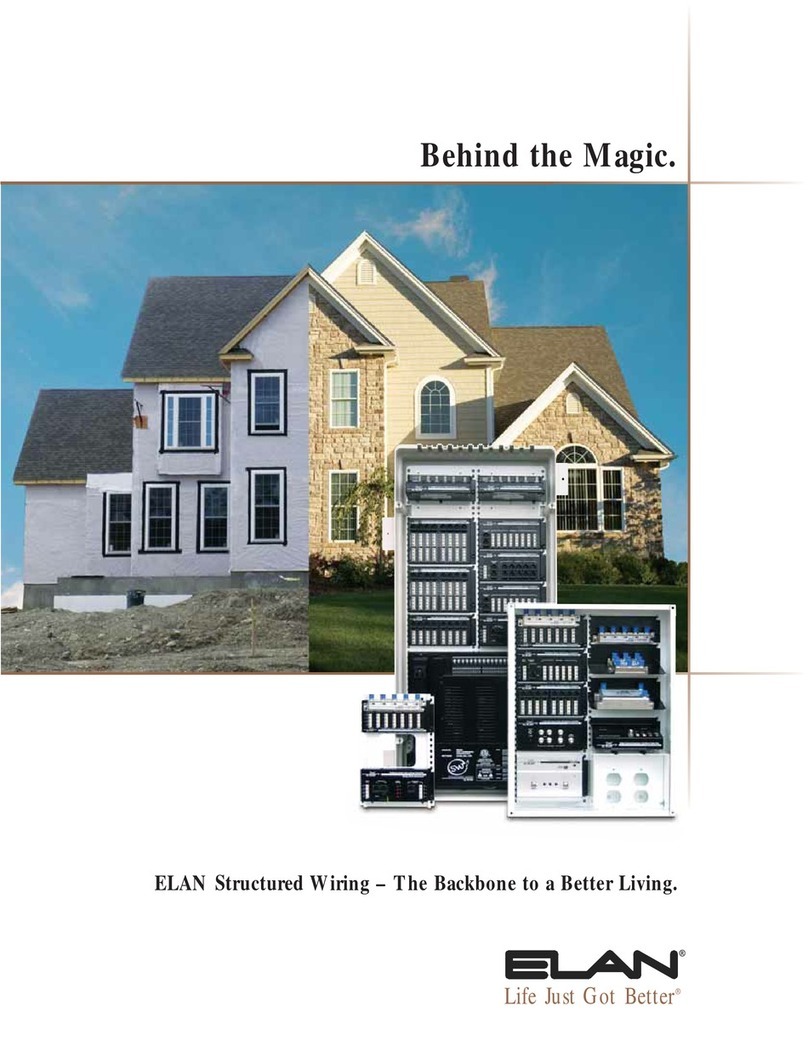Contents
iv •
••
• Contents eSL/eSLS Series (+ eSLZ000) User’s Manual
2.3.3 Indirect Addressing with Post-Decrement ....................................................21
2.3.4 Indirect Addressing with Post-Increment......................................................21
2.3.5 I/O Direct Addressing ...................................................................................21
2.3.6 RAM (Data) Direct Addressing ....................................................................22
2.3.7 Immediate Addressing ..................................................................................23
2.3.8 Relative Program Addressing .......................................................................23
2.3.9 Data Indirect Addressing with Displacement ...............................................24
2.4 Register Architecture................................................................................................25
2.4.1 General Purpose Registers ............................................................................26
2.4.2 Program Counter (PC) ..................................................................................26
2.4.3 Stack Pointer (SP).........................................................................................26
2.4.4 Repeat and oop Registers ...........................................................................26
2.4.5 Status Register (SR) ......................................................................................27
2.5 Instruction Set ..........................................................................................................29
2.5.1 ogic and Mathematic Instructions ..............................................................30
2.5.2 Conditional Branch Instruction.....................................................................31
2.5.3 Shift and Rotation Instructions .....................................................................32
2.5.4 Data Transfer Instruction ..............................................................................33
2.5.5 Bit Operation Instruction ..............................................................................34
2.5.6 Control Instructions ......................................................................................35
2.5.7 DSP Instruction .............................................................................................36
2.6 Power Supply Circuit ...............................................................................................39
2.6.1 Power Supply Attributes and Features..........................................................39
2.7 Oscillator System .....................................................................................................40
2.7.1 Block Diagram ..............................................................................................40
2.7.2 Operation.......................................................................................................41
2.7.3 CPU Control Registers..................................................................................44
2.8 Reset System ...........................................................................................................44
2.8.1 Block Diagram ..............................................................................................45
2.8.2 Operation.......................................................................................................46
2.8.3 Power-On Reset (POR).................................................................................47
2.8.4 Brown-Out Reset (BOR)...............................................................................48
2.9 System Mode Operation...........................................................................................49
2.9.1 Block Diagram ..............................................................................................49
2.9.2 Operation.......................................................................................................49
2.9.4 Registers........................................................................................................50
2.9.5 System Mode Operation Examples...............................................................51
2.10 Exception-Handling .................................................................................................51
2.10.1 Reset..............................................................................................................51
2.10.2 Trap Instruction (TRAP)...............................................................................51
2.10.3 Interrupts .......................................................................................................51
2.11 External Interrupt ....................................................................................................57
2.11.1 External Interrupt Control Register ..............................................................57





























